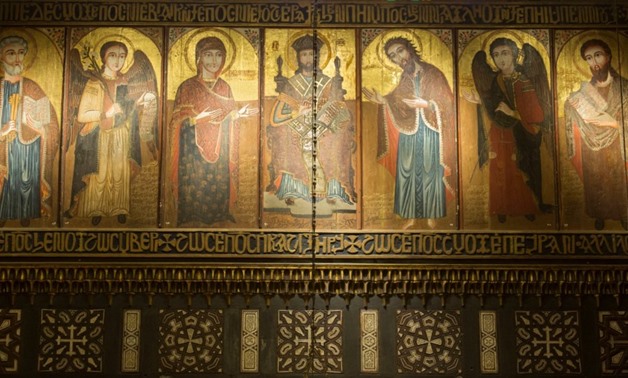
Coptic Museum in Cairo in 2019 - Press photo
CAIRO – 21 April 2020: Egypt’s Ministry of Tourism and Antiquities organised a virtual tour in the Coptic Museum on April 19, to watch the Icon of the Holy Family’s flight into Egypt and the lintel depicting Jesus Christ’s entry into Jerusalem, among the unique collection of the museum.
The Coptic Museum houses the world’s largest collection of Egyptian Christian objects. Marcus Simaika Pasha, who had a great passion for Coptology, was the first to propose that a museum be built for Coptic art.
He suggested the idea to Pope Cyril V in 1908, who welcomed the idea, and allocated a room in the Hanging Church to collect objects that represent Coptic art.
Pope Cyril also allocated a piece of land near the Hanging Church to establish the museum. This ideal spot allowed visitors to see the churches in the area and familiarise themselves with the Coptic architecture, and then to learn about the Coptic art by visiting the museum.
The Coptic Museum was inaugurated on March 14, 1910 after artifacts of Coptic art had been collected from across the country.
Many of these objects had been purchased, but many others were generously gifted by churches, monasteries, and wealthy Copts, who encouraged the idea of establishing a Coptic Museum.
In 1931, the idea to build a new wing to the museum to expand the available space was proposed.
Artist Ragheb Ayad designed a new façade to the building with the same layout and using the same decorative elements as those for al-Aqmar Mosque, which resemble those used in Coptic art.
The Coptic Museum came under the jurisdiction of the Egyptian government’s Department of Antiquities, and the Egyptian Museum’s collection of Christian artifacts were moved to the Coptic Museum. The new wing was inaugurated in 1947.
Comments
Leave a Comment